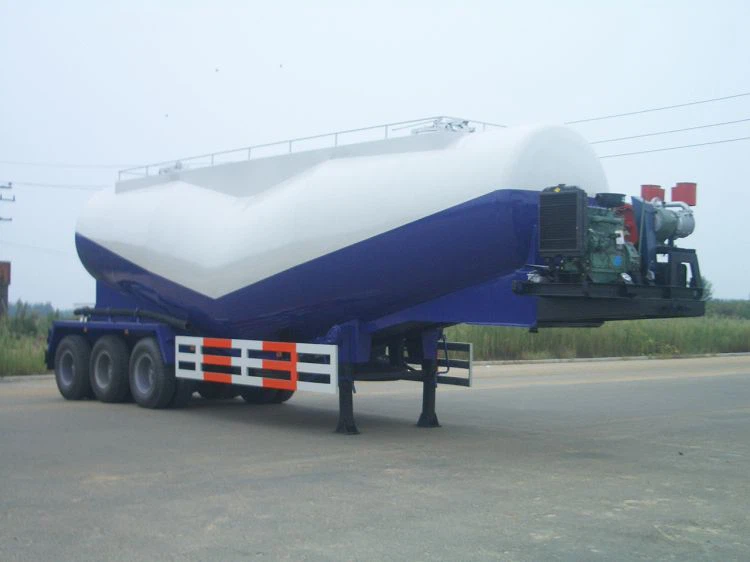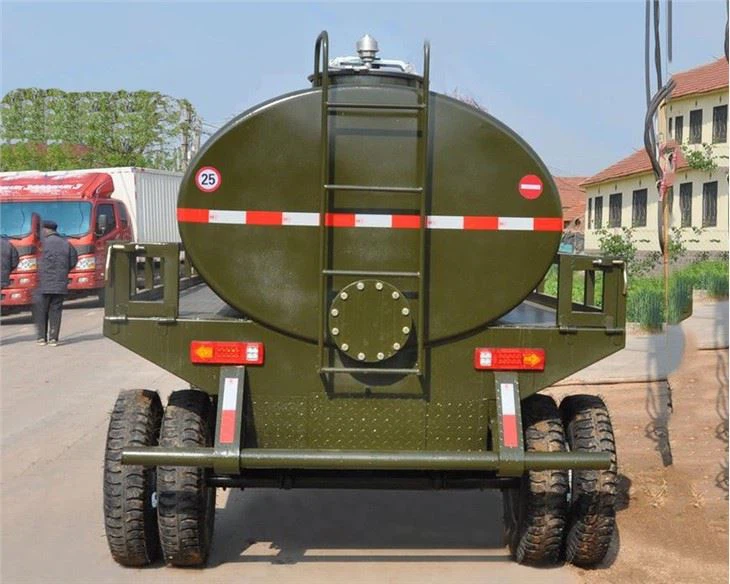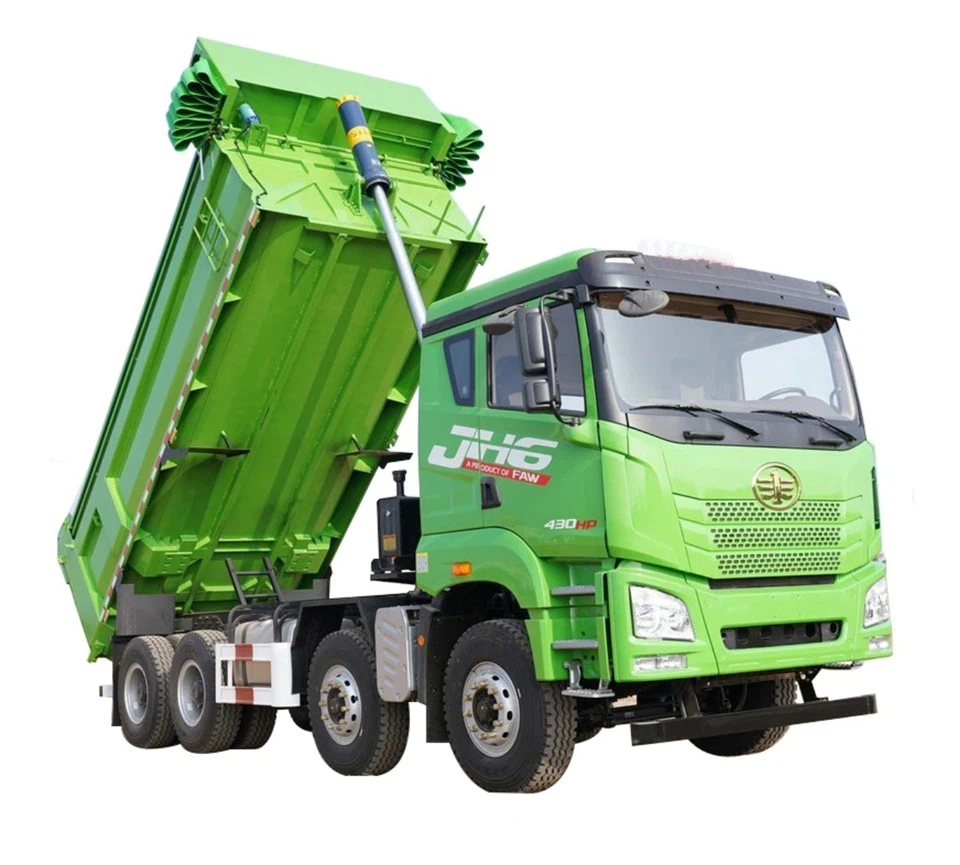Everything You Need to Know About Milk Tank Trucks

Introduction
Milk tank trucks play a crucial role in the dairy supply chain, serving as the primary means of transporting raw milk from dairy farms to processing facilities. Given the sensitive nature of milk as a perishable product, these trucks are designed with specialized features to ensure cleanliness, hygiene, and temperature control. This article delves into the various aspects of milk tank trucks, including their design, operation, safety considerations, and the technologies that enhance their efficiency and reliability.
1. What is a Milk Tank Truck?
A milk tank truck is a specialized vehicle designed to transport bulk raw milk from farms to processing plants. These trucks are equipped with insulated tanks that maintain temperature and prevent spoilage. The design ensures that milk remains uncontaminated during transportation.
1.1 Key Components of a Milk Tank Truck
- Tank: The main storage area where milk is kept.
- Insulation: Keeps the milk at a consistent, safe temperature.
- Pump: For loading and unloading milk efficiently.
- Cleaning System: Ensures the tank maintains high hygiene standards.
- Chassis: The vehicle base that supports the tank and components.
2. The Importance of Hygiene in Milk Transportation
Maintaining hygiene during milk transportation is vital to ensure product quality. Contamination can lead to spoilage and bacterial growth, which poses serious health risks.
2.1 Cleaning Protocols
Cleaning protocols must be strictly adhered to, including:
- Utilizing hot water and cleaning agents approved for food safety.
- Performing a rinse cycle before loading milk.
- Conducting regular inspections for residues.
2.2 Testing for Quality Assurance
Quality testing before leaving the collection point can include:
- Testing for bacterial contamination.
- Checking temperature compliance.
- Evaluating the freshness of the milk.
3. Temperature Control: Keeping Milk Fresh
Temperature control is essential to prevent spoilage during transport. Milk should be kept at or below 40°F (4°C).
3.1 Insulation and Refrigeration Systems
Milk tank trucks are equipped with insulation and refrigeration systems to maintain the appropriate temperature:
| System | Description |
|---|---|
| Insulation | Prevents heat transfer from external sources. |
| Refrigerated System | Active cooling systems to maintain optimal temperatures. |
3.2 Monitoring Temperature During Transit
Modern milk tank trucks are equipped with temperature monitoring systems that track temperature changes in real-time. Alerts can notify drivers if temperatures exceed safe limits.
4. Different Types of Milk Tank Trucks
Milk tank trucks come in various styles and sizes to accommodate different volumes of milk and transporting needs.

4.1 Single-Axle vs. Multi-Axle Trucks
Single-axle trucks are suitable for smaller farms, while multi-axle trucks can carry larger loads required by extensive dairy operations.
4.2 Tank Sizes and Capacities
Tank sizes typically range from:
- 1,500 gallons
- 2,000 gallons
- 3,000 gallons
4.3 Specialty Trucks
Some companies may have specialized trucks designed for specific dairy needs, which include:
- Milk tankers with enhanced insulation for extended transport distances.
- Multi-temp tankers for transporting different types of dairy products.
5. The Role of Technology in Milk Tank Trucks
Technology is revolutionizing the milk transportation industry, ensuring higher levels of efficiency and safety.
5.1 GPS Tracking and Route Optimization
Trucks equipped with GPS navigation systems help drivers choose the most efficient routes, reducing travel time and fuel costs.
5.2 Automated Systems
Automation in unloading and cleaning processes minimizes manual labor and improves operational efficiency.
5.3 Data Loggers
Data loggers record temperature and other conditions during transit, ensuring compliance with safety regulations.
6. Regulatory Compliance and Safety Standards
Milk transport is heavily regulated to ensure food safety and quality. Compliance with local and national standards is critical.
6.1 Health and Safety Regulations
Regulations often mandate:
- Regular inspection of vehicles.
- Training for drivers on safe handling practices.
- Documentation of milk quality testing results.
6.2 Assessing Risk Management
Risk management involves identifying potential hazards and implementing control measures related to:
- Temperature fluctuations.
- Contamination risks during loading and unloading.
7. Cost Considerations for Milk Tank Truck Operations
Operating milk tank trucks involves various costs, from initial purchase to maintenance and fuel expenses.
7.1 Purchase and Financing Options
Buyers can consider financing options, including leasing trucks or taking loans from banks or credit institutions.
7.2 Insurance for Milk Tank Trucks
Insurance is crucial for protecting against accidents, spoilage, and other liabilities associated with transporting milk.

7.3 Maintenance and Operating Costs
Regular maintenance can prevent costly breakdowns and extend the life of a milk tank truck:
- Routine checks on pumps and refrigeration systems.
- Regular cleaning and inspections.
8. Best Practices for Operating a Milk Tank Truck
To ensure effective transportation and maintain product quality, operators should adhere to best practices:
8.1 Training for Drivers
Training programs should focus on:
- Safe driving techniques.
- Milk handling and hygiene practices.
- Understanding the importance of temperature control.
8.2 Regular Vehicle Maintenance
Establish maintenance schedules that include:
- Routine checks for leaks and damages.
- Inspection of cleaning systems and tank integrity.
8.3 Customer Communication
Maintaining open communication with dairy processors can help address issues related to quality and delivery.
FAQs about Milk Tank Trucks
1. What is the typical capacity of a milk tank truck?
The typical capacity of a milk tank truck ranges from 1,500 to 3,000 gallons, depending on the needs of the dairy operation.
2. How often should milk tank trucks be cleaned?
Milk tank trucks should be thoroughly cleaned after every load to prevent contamination and ensure hygiene.
3. Are there regulations governing milk transportation?
Yes, there are strict regulations at both the local and national levels that govern the transport of milk to ensure food safety and quality.
4. What temperature should milk be kept at during transport?
Milk should be kept at or below 40°F (4°C) to prevent spoilage and bacterial growth during transport.

5. Can milk tank trucks be used for other liquids?
While primarily designed for milk, these trucks can sometimes be adapted to transport other liquid food products, depending on hygiene and safety standards.
6. What are the signs of a malfunction in a milk tank truck?
Signs of malfunction may include unusual noises, leaking, inconsistent temperature readings, or warning lights on the truck’s dashboard.
